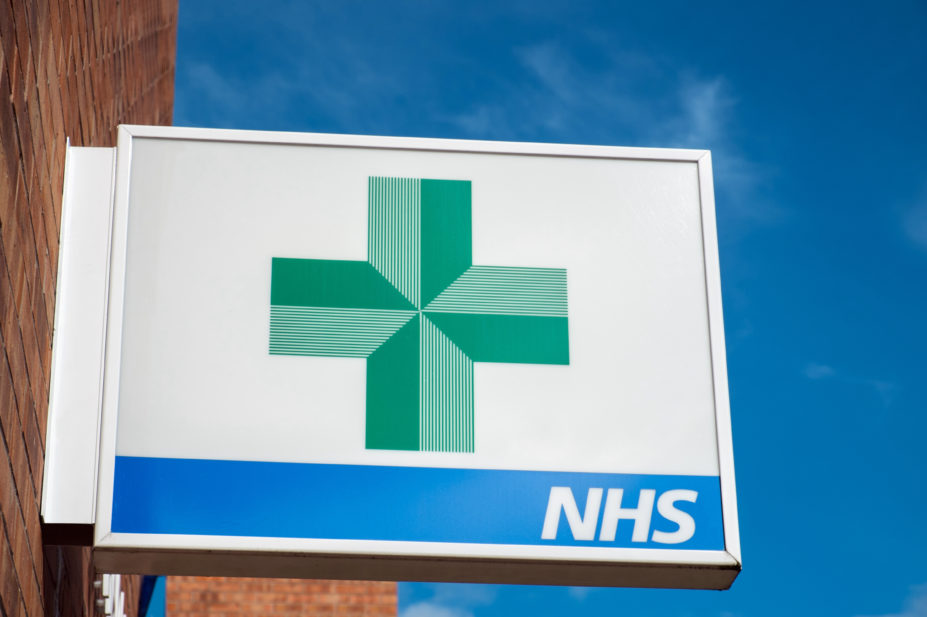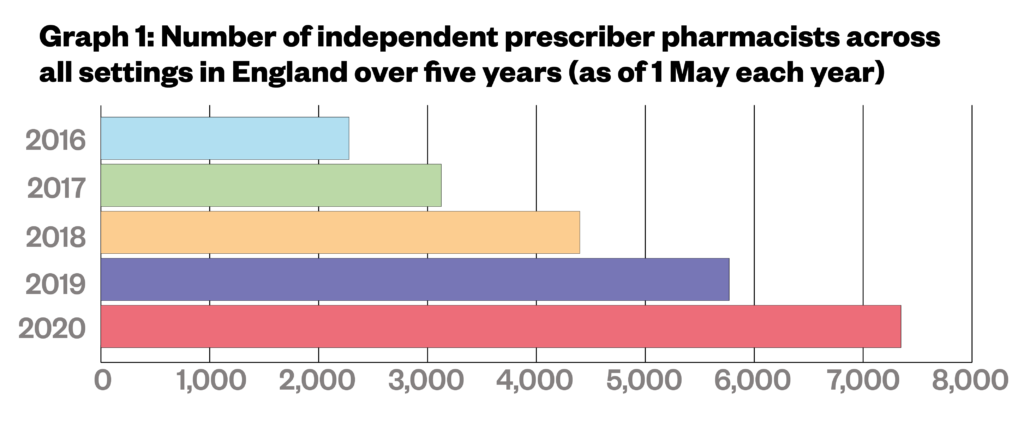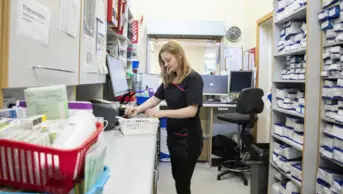
Shutterstock.com
The number of pharmacists in the UK who are qualified to independently prescribe has more than tripled since 2016, The Pharmaceutical Journal can reveal.
Data obtained through a freedom of information (FOI) request to the General Pharmaceutical Council (GPhC) show that the number of pharmacist independent prescribers in the UK has increased from 2,781 registered on 1 May 2016 to 8,806 on 1 May 2020.
The biggest increase was in England, where 5,124 independent prescribers were added to its workforce, increasing from 2,224 in 2016 to 7,348 in 2020.
Independent prescribers in Scotland and Wales have also seen increases of a similar scale over that time, from 390 to 975, and 167 to 483, respectively.
The growing number of independent prescribers coincides with a five-fold rise in the number of items prescribed by pharmacists outside of hospitals in England in the same timeframe.
Separate data, also obtained through an FOI request to NHS Business Services Authority made on 24 May 2021, show that pharmacists working outside hospitals in England prescribed 32,479,133 items in 2020/2021, compared with 6,164,982 in 2016/2017.
Commenting on the increase, Thorrun Govind, chair of the Royal Pharmaceutical Society’s English Pharmacy Board, said she was “pleased to see the independent prescriber workforce increasing”.
“The skills of pharmacist independent prescribers can help to build greater capacity and capability within the NHS workforce and ease pressure in areas such as acute and emergency care and primary care,” she said.
However, Govind added that it “is vital that the correct infrastructure, greater integration and tools are implemented to enable patients to benefit from pharmacist independent prescribers”.
“Much of the recent increase is down to investment in primary care network (PCN), practice and care home pharmacists who are being funded, and given the opportunity, to become independent prescribers. It is essential that this resource is maintained and built upon.”
The number of pharmacists moving into PCNs has increased significantly, with Health Education England reporting that 1,094 pharmacists began primary care training — which includes prescribing training — in 2020/2021. This is a 43% increase on the 617 pharmacists entering this training in 2019/2020.
However, there is concern that pharmacists working in community pharmacy are rarely able to use their qualifications. David Evans, chief pharmacist and managing director at Daleacre Healthcare, which owns 12 Evans Pharmacy branches in Derbyshire and Nottinghamshire, said he had never been commissioned by the NHS to use his prescriber status in the 14 years since qualification.
He added that working in a GP practice is “the only chance you get to use your independent prescribing qualification at the moment”.
“There are a number of services that could be done quite easily by an independent prescriber in a community pharmacy,” he said.
In Scotland and Wales, however, pharmacists are being encouraged to prescribe independently.
The NHS Pharmacy First Plus service, launched in September 2020, funds community pharmacist prescribers in Scotland to treat conditions, such as cough, shingles and lower urinary tract infections. In Wales, data show that pharmacist independent prescriber clinics are expanding, with the 33 pharmacies offering prescribing services in the country providing more than 16,000 consultations in the past five years.

Source: Freedom of Information data from the General Pharmaceutical Council
READ MORE — A quiet revolution: how pharmacist prescribers are reshaping parts of the NHS


